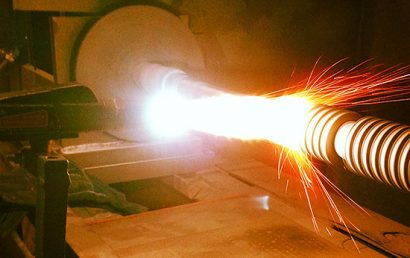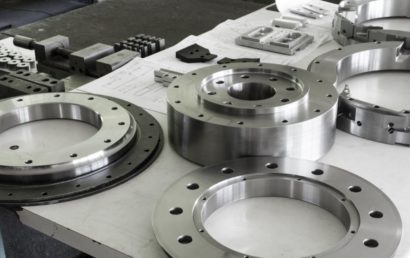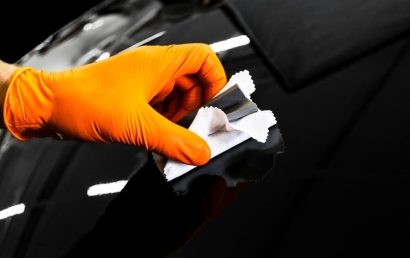Why Should You Choose Vacuum Metallizing Processes?
Before we discuss why choosing vacuum metallizing processes is a move in the right direction, let’s define just exactly what vacuum metallizing processes are – in simplified terms.
The process that allows you to apply a metal layer to a substrate (ordinarily of a different type of material) can be referred to as a vacuum metallizing process. You may also hear this process called “vacuum deposition”. For this procedure, inside a vacuum chamber, the metal material to be used for coating is heated until it vaporizes. The boiling point of the metal is driven downward courtesy of the chamber’s lack of pressure.
Over the top of your choice of substrate, a layer is formed when the metal vapor condensates. Example: For copper interconnects deposits on silicon, vacuum deposition is used in the semiconductor industry.
Electron beams, resistance heating, and plasma beams (and other various heating methods) may be used in the process. A metal layer is the result, which can have thickness variances from several millimeters down to a single atom!
Vacuum Metallizing – The Benefits
For numerous reasons, in recent years, exceptional growth has been realized where the use of vacuum metallizing is concerned. Included in these reasons are the following:
- Compared to other forms of metal coating, higher levels of resistance are offered.
- Causing fewer issues for various individuals, the risks involved with certain chemicals are reduced thanks to a purer process.
- Compared to chrome plating and other processes, it’s safer! The dangerous mixture of cyanide and chromium is not required with vacuum metallizing.
- While lowering the cost, it also provides metal parts with aesthetic appeal.
- … and more
Vacuum Metallizing – The Steps
With both chemical vapor deposition and physical vapor deposition, the following steps are taken:
- The tooling stage
- Strict loading procedures
- Base coating application
- Using a filament and vacuum chamber, vacuum metallizing is executed
- Topcoat application
- Inspection for quality
Vacuum Metallizing – The Various Uses
To list all the uses for vacuum metallizing would take too long. Its uses are extensive! So, here are just a handful:
- Heat shielding
- EMI shielding
- Vapor barriers
- Reflective coatings
- Decorative metal finish creation
The Best Metals for This Process
For the purpose of vacuum metallizing, aluminum is a widely agreed-upon material. Only copper and silver offer conductivity that is higher than aluminum. The cost of the process is, however, driven up by the use of silver. On the other hand, corrosion and oxidation may be suffered when copper is used.
It’s best to confer with a thermal spray expert to determine which type of coating is best suited for your needs. Chances are, someone else in your industry is already using the coating they require – so, you will want to experience the benefits as well, to remain competitive.
Not Sure What Kind of Coating You Need? We Can Help!
At A&A Coatings, we understand that vacuum metallizing may not be a perfect fit for your company, or even your industry. For that very reason, we will work with you to determine which coating will work best within the parameters of your business. Whether it is a different type of metallized coating, or a coating of a completely different nature, we will help you determine precisely what it is you need.
Contact us today if you’d like to find out more.



